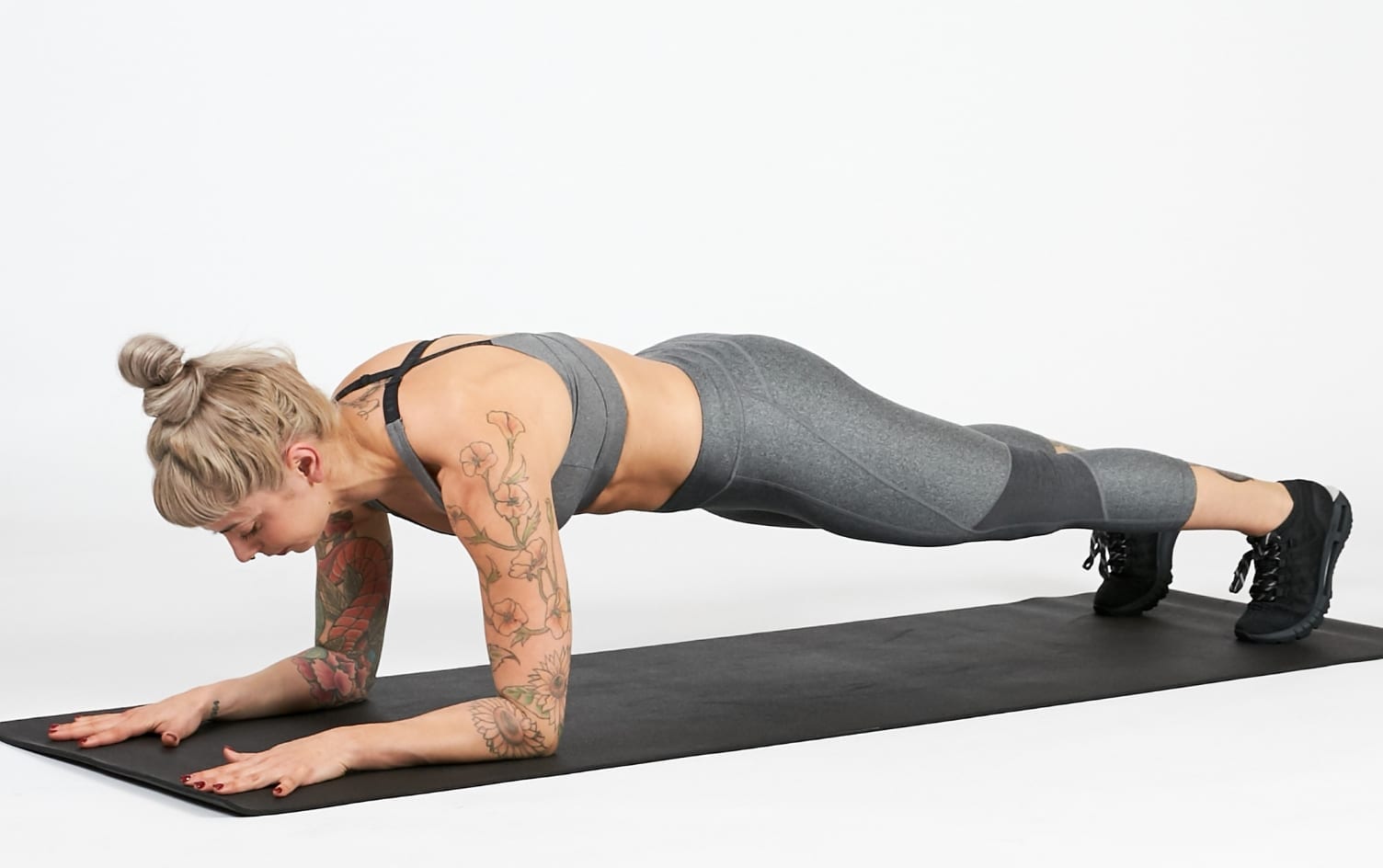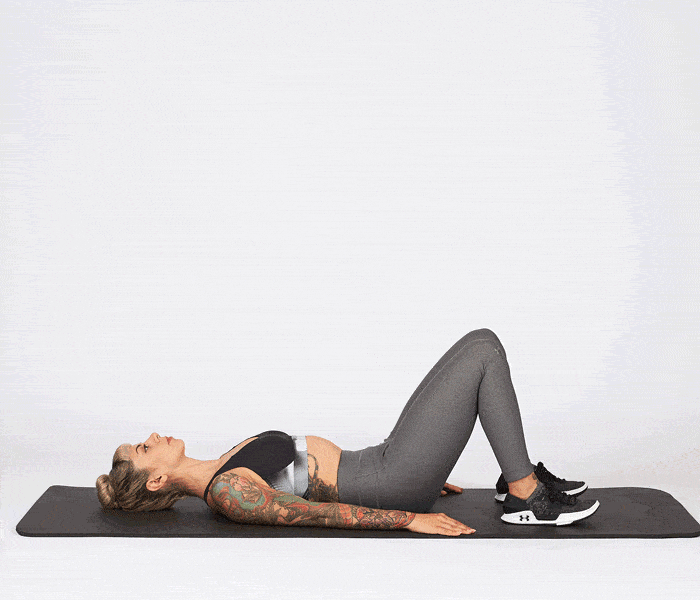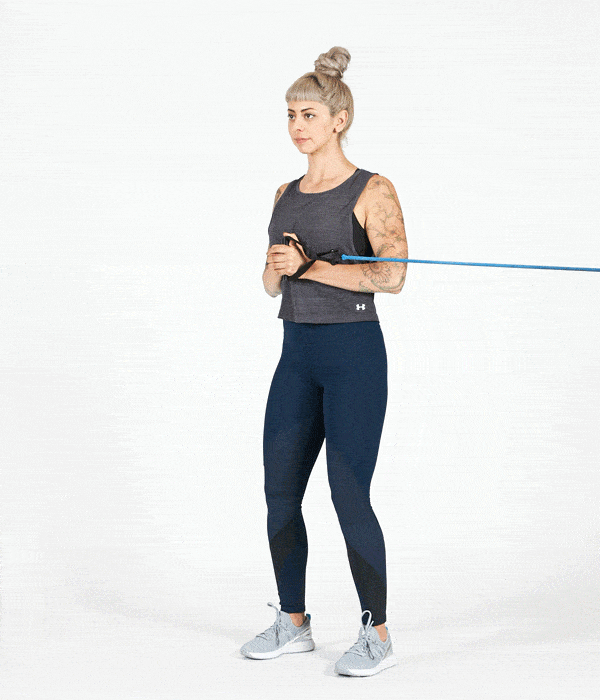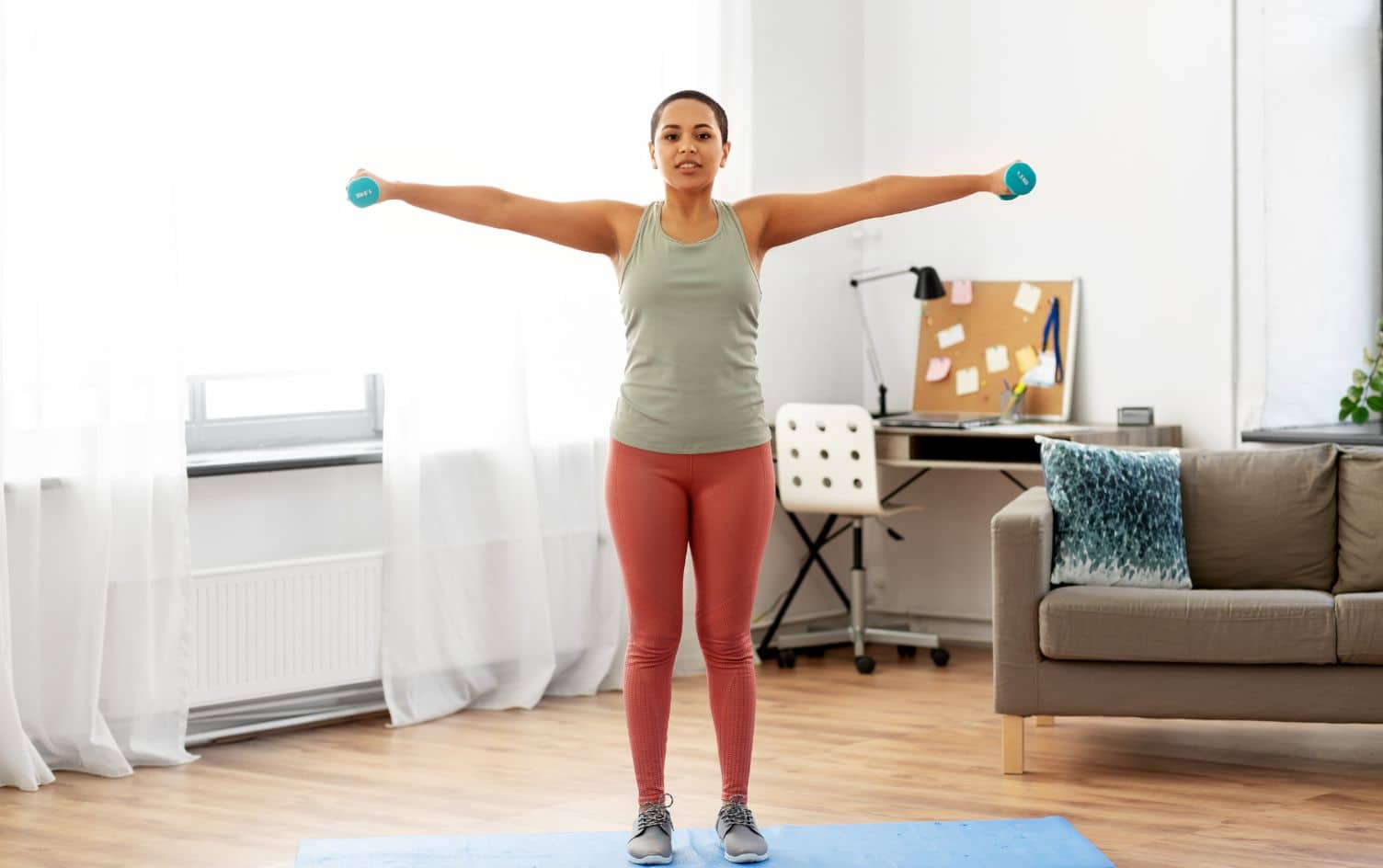These days, it seems like exercise is all go-go-go. But sometimes, it pays to stay still — especially when isometric exercises are involved.
“Anyone can do [isometric exercises] and should include them as part of a well-rounded fitness regimen,” says Kristian Flores, a certified strength and conditioning coach in New York City.
Here’s the lowdown on isometrics.
WHAT ARE ISOMETRIC EXERCISES?
Unlike standard strength exercises like squats and bicep curls, which typically put you through two types of muscle action in a single rep (concentric and eccentric), isometric exercises like planks and wall sits involve holding a static position for a set period of time.
In the squat, for example, the concentric (shortening) portion of the exercise occurs as you lower your hips toward the floor, while the eccentric (lengthening) portion happens as you stand back up. You continue shortening and lengthening your muscles throughout your set.
Meanwhile, in an isometric exercise like a wall sit, the muscles contract without ever shortening or lengthening.
THE BENEFITS OF ISOMETRIC EXERCISES
One of the main benefits of isometric exercises is they work a ton of muscle fibers at once, and “the more [muscle fibers] you recruit, the stronger your muscles will be,” says Amoila Cesar, Beachbody trainer and creator of 6 Weeks of THE WORK.
Think of an exercise like the basic plank, where you’re supporting your body weight on your forearms (or hands) and toes. To stay in plank position for as long as possible (or until your timer runs out), you have to engage your abs, glutes, upper back, thighs — virtually every muscle in your body. Just about anyone who’s held a plank for as long as possible can tell you: It ain’t easy.
While you’re holding that plank (or doing any other isometric exercise), you’re also building muscular endurance or the ability of your muscles to work over an extended period of time. This is especially beneficial when applied to your core muscles, according to a study in The Journal of Strength & Conditioning Research.
Your core muscles include the abdominals (rectus abdominis, external and internal obliques, and transverse abdominis), as well as deep muscles that stabilize your spine. Together, your core muscles work to perform a number of tasks that are key to moving safely and effectively both inside and outside the gym, including resisting external forces (e.g., a martial arts kick); stabilizing your spine as you sit, stand, walk or run; and transferring power to the legs and/or arms (e.g., sprinting or throwing a baseball).
Ultimately, these tasks call for muscular endurance. After all, your core has to fire just so you can sit upright — let alone run around the block or carry groceries into the kitchen. When your core muscles can stay engaged for longer periods of time, you’re better able to maintain a healthy posture (Read: less back pain), lift heavy or awkward objects more safely and even generate more power when walking or running.
Plus, isometric exercises can help you fix bad movement patterns that may cause pain or injury over time. “We can use isometric exercises to re-teach the central nervous system a new and better pattern,” Flores says.
He offers posture as one pattern that can be improved with isometric exercises. If you practice holding positions that force you to maintain healthy posture, for example, you can learn how to activate key postural muscles you don’t typically use.
Isometric exercises can also help you push past your sticking point in a standard lift like the squat or bench press.
A sticking point is that part of an exercise you can’t get through at a given weight. For example, many people struggle to push back up to standing once they get to the bottom of a barbell squat. “Your strength fails to overcome the resistance at a certain range of motion and you miss the rep,” Cesar says. By repeatedly holding weight in that bottom position until you feel fatigued, you’ll build the strength you need to push through that sticking point.
As you aren’t moving your joints during isometric exercises, they tend to be joint-friendly. In fact, they’re a great way to rehab injured muscles and joints slowly without causing them too much strain, according to Cesar. “You can perform exercises with [only] your body weight, which also puts less stress on your joints,” he adds.
Get a taste of isometric exercises with one (or all) of these classic moves:
PLANK

Begin on the floor in a plank position with elbows bent, forearms flat on the floor. Squeeze your glutes and brace your core to keep your body in a straight line from head to heel. Hold for as long as you’re able. Don’t let your lower back to sag toward the floor.
GLUTE BRIDGE WITH HOLD

Lie on your back with knees bent and feet hip-distance apart on the floor. Push into the floor with your heels and squeeze your glutes to lift your hips as high as you’re able without arching your lower back. Hold the top position for as long as you’re able.
PALLOFF HOLD

Anchor a resistance band at chest-height. Grip the free end(s) of the band against your chest with both hands and step back from the anchor point to create tension. Turn your body so it’s perpendicular to the band and stand with your feet shoulder-width apart, knees slightly bent. Then, brace your core and press your hands away from your body until your arms are fully extended. Resist rotating your torso. Hold this position for as long as you’re able before repeating on the other side.




